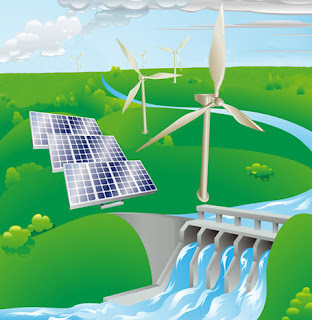 |
| Exxon Pegasus Pipeline - Mayflower, Arkansas - Tar Sands Oil Spill - Source Area |
Consider that we've recently had 9 pipeline leaks, explosions, tar sands spills or accidents (including Canada)
1) ExxonMobil's Pegasus Pipeline in Mayflower, Arkansas
2) Enbridge's Norman Wells Pipeline in the Northwest Territories
3) Suncor, Alberta Tar Sands leaking into the Athabasca River
4) Lansing Board of Water & Light in the Lansing Grand River in Michigan
5) Canadian Pacific Rail train derailment in western Minnesota
6) Canadian Pacific Rail train derailment in northwestern Ontario
7) DCP Midstream natural gas compressor explosion in Guthrie Oklahoma
8) S and S Energy in Damascus Ohio, oil tanker and gas well explosion
9) Shell Pipeline in West Texas.
The Pegasus pipeline spilled over 10,000 gallons of tar sands oil and forced the evacuation of an entire suburban neighborhood. [EPA photos gallery]
Exxon is now controlling the airspace over the spill and has threatened reporters with arrest for criminal trespass for going to the command center to speak with EPA officials who are coordinating the spill clean up.
Do we really want to allow a foreign corporation to build the Keystone XL pipeline that would be ten times larger than the Pegasus pipeline?
Here is another view on the safety of pipelines from the NY Times.
Two recent oil pipeline spills have prompted new criticism from opponents of the proposed Keystone XL project, while raising more questions about whether the federal government is adequately monitoring the nation's vast labyrinth of pipelines.
An ExxonMobil pipeline ruptured March 29th, spilling more than 10,000 barrels of tar sands crude in an Arkansas town. On Tuesday April 2nd, vacuum trucks and crews were still working to clean up the accident, which the Environmental Protection Agency called a "major spill."
The spill appears to be the largest accident involving heavy crude since an Enbridge Energy pipeline spill in 2010 that dumped more than 840,000 gallons near Marshall, Mich., soiling a 39-mile stretch of the Kalamazoo River.
 |
| The pipeline that burst during the Enbridge tar sands oil spill in Michigan - July 2010 |
The safety records of both the Exxon and Chevron pipelines have been under scrutiny in recent years. Last week, the pipeline agency proposed imposing a $1.7 million fine on Exxon Mobil over a 2011 spill that dumped an estimated 63,000 gallons of oil in the Yellowstone River in Montana.
The Arkansas spill followed an accident in Utah on March 18 in which a Chevron pipeline leaked more than 25,000 gallons in a wetlands area about 50 miles from Salt Lake City. The Chevron spill was the third in three years in Utah, prompting Gov. Gary R. Herbert to sharply criticize the pipeline agency at a recent news conference. "Obviously, they have not done a very good job of overseeing the pipes that travel between our states," he said.




















